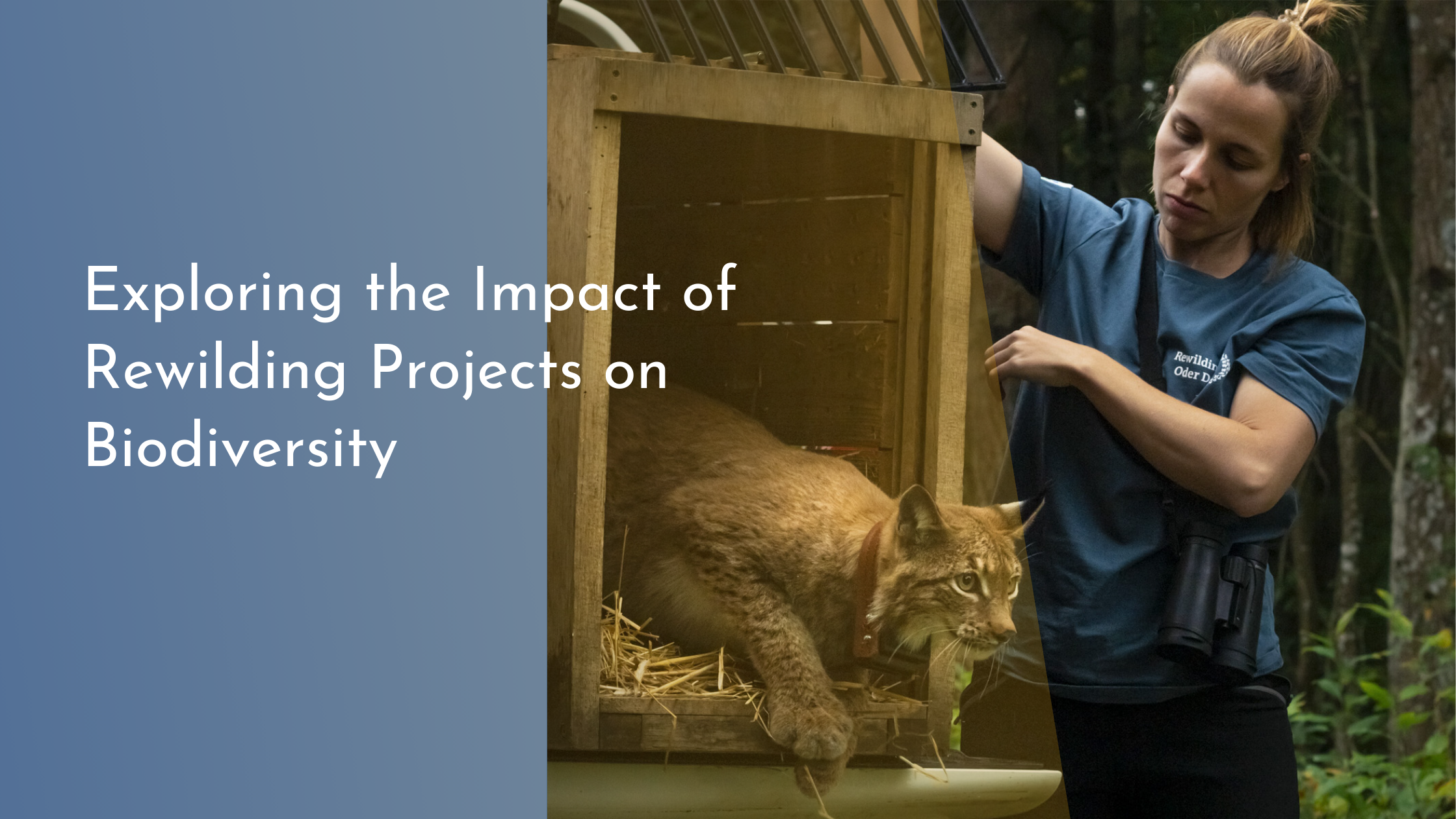Exploring the Impact of Rewilding Projects on Biodiversity
Rewilding, a conservation effort aimed at restoring and protecting natural processes and wilderness areas, has been gaining significant attention in recent years. Its primary goal is to increase biodiversity by allowing ecosystems to regain their natural balance. As habitats across the globe face unprecedented threats from human activity, rewilding projects present a hopeful avenue for ecological recovery. This article delves into the concept of rewilding, its benefits, challenges, and the promising outcomes it offers for the future of biodiversity.
Understanding Rewilding: A Path to Restoration
Rewilding is a forward-thinking conservation initiative that focuses on restoring ecosystems to their natural state, often by reintroducing native species and removing human interference. The concept emerged as a reaction to the traditional conservation strategies that primarily focused on preserving specific endangered species. Instead, rewilding emphasizes the importance of entire ecosystems and their processes, which include natural disturbances and predator-prey dynamics. By prioritizing these ecological processes, rewilding aims to create self-sustaining environments where wildlife can thrive without constant human intervention.
Rewilding can take various forms, such as reintroducing keystone species, which play a pivotal role in maintaining the structure of an ecosystem. For example, the reintroduction of wolves in Yellowstone National Park is a classic case that illustrates the ripple effect a single species can have on an ecosystem. Wolves helped control the elk population, which in turn allowed vegetation and other animal species to flourish. This holistic approach to conservation not only fosters richer biodiversity but also helps in stabilizing ecosystems against climate change and other anthropogenic pressures.
Key Benefits of Rewilding for Wildlife Habitats
One of the primary benefits of rewilding is the enhancement of biodiversity. By allowing natural processes to resume, rewilding projects create environments where a variety of species can coexist and flourish. This increase in biodiversity leads to more resilient ecosystems, which are better equipped to withstand environmental stresses such as climate change. Furthermore, these thriving ecosystems provide crucial services such as carbon sequestration, water filtration, and soil stabilization, which are vital for the health of our planet.
Rewilding also helps reconnect fragmented habitats, providing animals with larger territories and migration corridors. This is particularly important for species that require extensive ranges to find food, mates, and breeding grounds. By restoring these natural pathways, rewilding initiatives contribute to genetic diversity, reducing the risks associated with inbreeding and isolated populations. Moreover, connecting habitats can help mitigate human-wildlife conflicts, as animals have more space to roam and are less likely to encroach on human settlements.
Challenges and Solutions in Rewilding Initiatives
Despite its numerous benefits, rewilding faces several challenges. One of the primary obstacles is public perception and resistance, especially in areas where people are concerned about the reintroduction of predators like wolves or bears. Educating communities about the ecological benefits of rewilding and involving them in the planning and execution of projects can help alleviate these concerns. Collaborative efforts between conservationists, local governments, and residents are crucial to overcoming resistance and ensuring the success of rewilding initiatives.
Another challenge is the legal and logistical aspects of reintroducing species, particularly those that have been extinct in certain areas for many years. Overcoming these obstacles requires comprehensive planning, robust scientific research, and careful monitoring. Conservationists must also address potential conflicts with land use and agricultural activities. Innovative solutions, such as creating buffer zones and using modern technology like GPS tracking, can help integrate rewilding efforts into existing land management practices while minimizing disruptions to human activities.
A Bright Future: Positive Outcomes of Rewilding
Rewilding projects have shown promising results in various parts of the world, demonstrating the potential for large-scale ecological recovery. In Europe, efforts to restore wetlands and reintroduce species such as the Eurasian lynx and European bison have led to significant improvements in biodiversity and ecosystem health. These successes have inspired similar initiatives in other regions, highlighting the adaptability of rewilding strategies across different climates and landscapes.
The positive outcomes of rewilding extend beyond environmental benefits. By restoring natural landscapes, these projects often create opportunities for eco-tourism, providing economic benefits to local communities. As people are drawn to the rejuvenated landscapes and diverse wildlife, they contribute to the local economy through tourism-based activities. This symbiotic relationship between conservation and economic development underscores the multifaceted value of rewilding, benefiting both nature and human societies.
Rewilding offers a beacon of hope in the battle to preserve our planet’s biodiversity. By focusing on restoring natural processes and ecosystems, this innovative conservation approach not only supports diverse wildlife but also provides essential ecological services. While challenges exist, collaborative efforts and adaptive strategies are paving the way for successful rewilding projects worldwide. As we continue to learn from these initiatives, rewilding holds the promise of a harmonious coexistence between humanity and the natural world, ensuring a vibrant and sustainable future for all.


